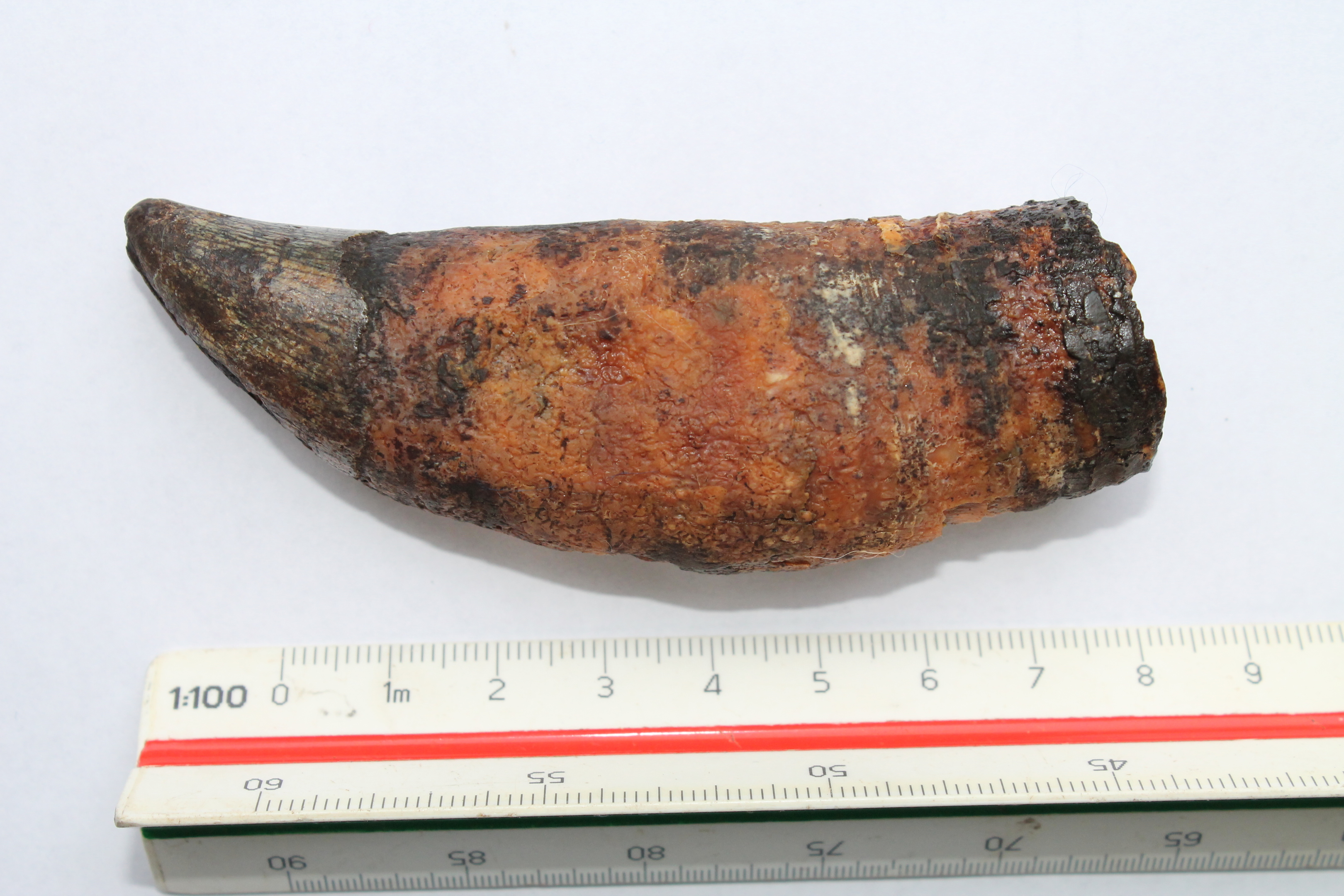The Easter Ross community is being urged to take part in an archaeological dig which is revealing the area’s past as a major centre of the Pictish civilisation world.
An archaeological team from Aberdeen University is throwing open two dig sites near Portmahomack and Tain to show some of their work to uncover the area’s ancient past.
Teams from the university’s department of archaeology have been working at the two dig sites for around 18 months after new research suggested that the heartland of early Pictish was much further north than originally believed.
It is now thought that the Moray Firth area – and the Tarbat peninsula in particular – was the most powerful area for the people dubbed the Painted People by the Romans.
The two sites, Cnoc Tigh near Portmahomack and Tarlogie Dun outside the Glenmorangie Distillery at Tain, are the sites of former roundhouse settlements which have been uncovered by the archaelogosts.
And the team have found a number of items which have pointed to the resourcefulness of the early settlers.
Dr Gordon Noble, a senior lecturer at Aberdeen University, is leading the project.
He said: “At Tarlogie Dun we made a quite a few interesting discoveries dating back to around the 4th century AD amongst the foundations of a roundhouse building.
“We found a well preserved brooch, quite a few animal bones and a particularly interesting object which was a whale’s tooth.
“It’s most likely that it came from a whale which beached somewhere near by which would be quite a sight for these people.
“But it looks as if they have used the tooth as a tool, which suggests that they will have stripped it further and made maximum use of what they found.
“It’s been quite a revelation. We have funding for an initial four year phase and already we’re starting to find quite an extensive northern Pictish kingdom.”
Open days are due to be held at the two sites on June 29 at Cnoc Tigh and at Tarlogie Dun on July 20.
A number of other workshops are being organised to introduce the basic skills of archaeology to interested local people.
Dr Noble added: “Some of what we are organising is to demonstrate quite specific skills such as geo-physics which is obviously aimed at adults or students.
“There will also be a lot of stuff for kids including various arts and crafts.”










